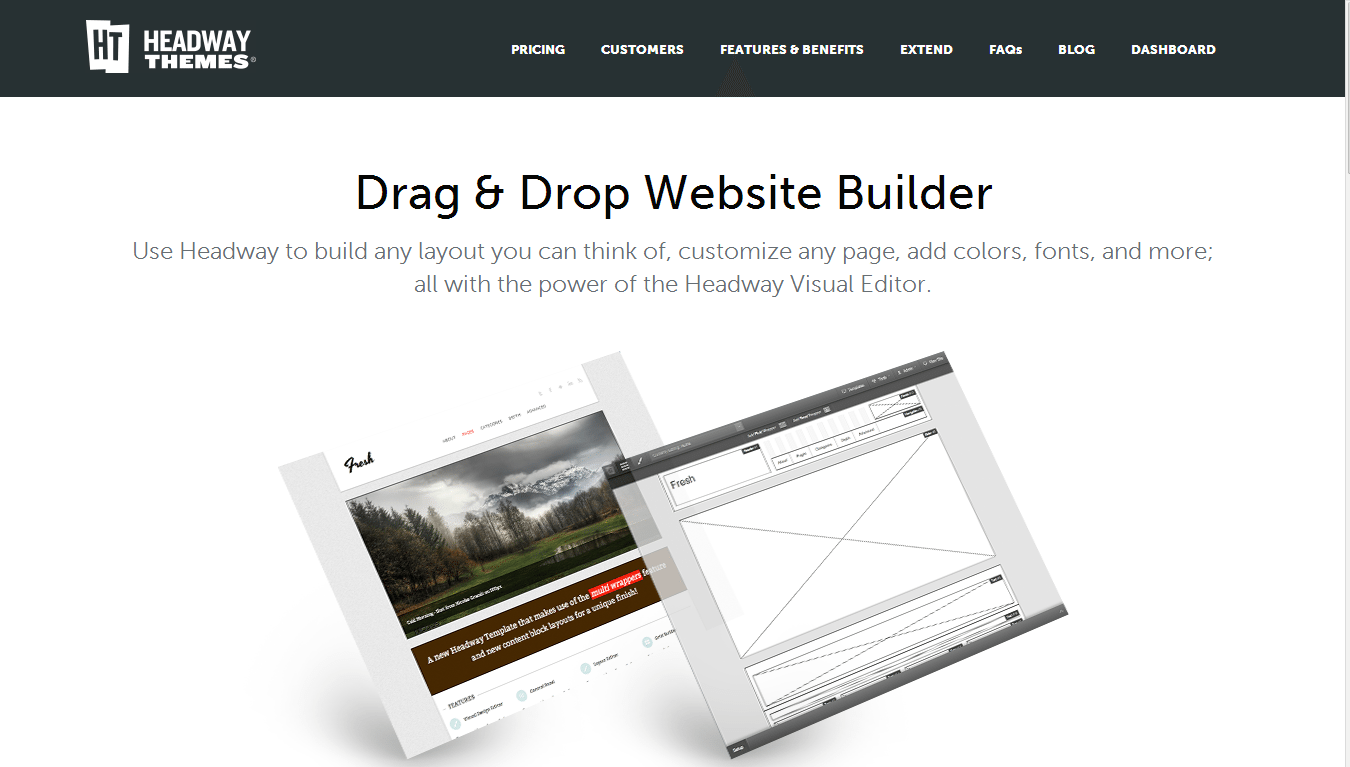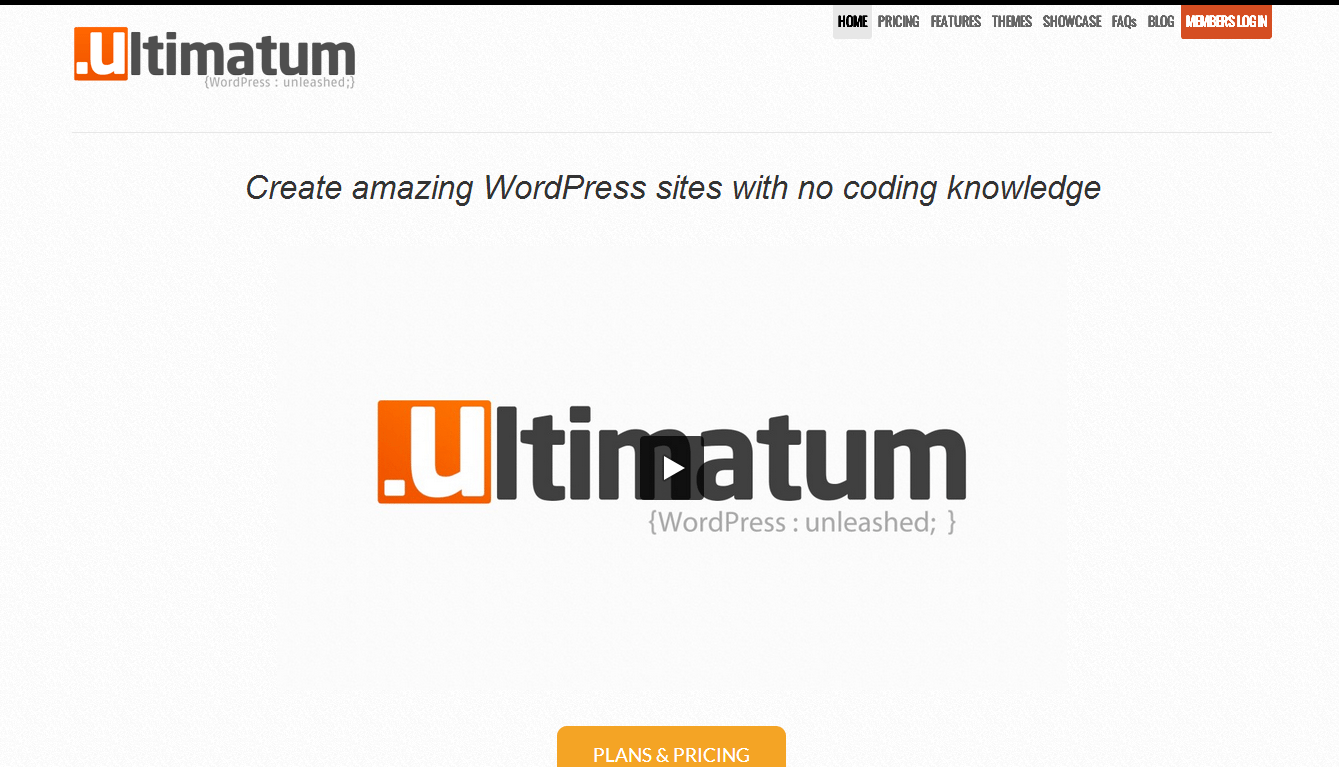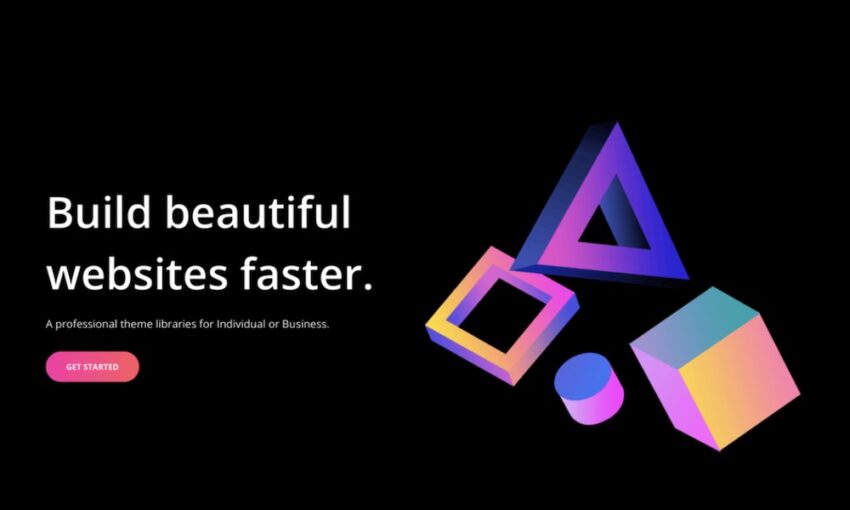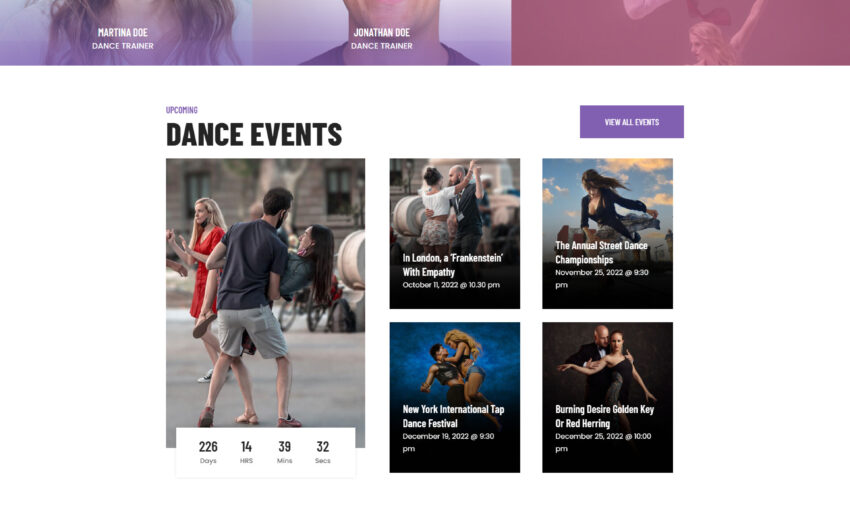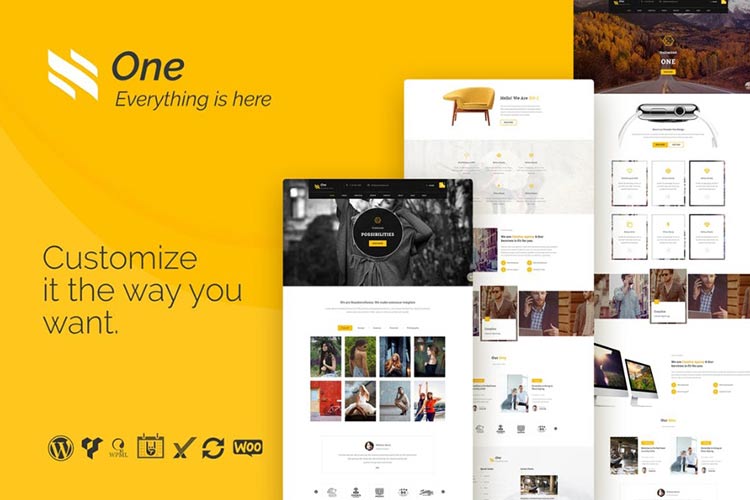Over the years, WordPress theme developers have created schemes and processes to make their work faster and easier. Some start by creating an HTML template and then build the WordPress code around it. This can prove to be very stressful, noting that you have to re-write codes from HTML to PHP, but others just find that easier.
On the other side of the moon, designers start with the rudimentary WordPress codes and build their design around that. For them, this increases the speed of the coding process because they just type in a language that WordPress automatically understands.
And finally, there are those who, in the most efficient way possible, start with a Theme Framework.
What are Theme Frameworks?
Theme Frameworks provide easy support and creation of child themes, making the usability of WordPress extend to vast horizons.
WordPress Codex defines the term “Theme Framework” as:
- A “drop-in” code library that is used to facilitate development of a theme.
- Theme template.
A stand-alone base/starter Theme that is intended either to be forked into another Theme, or else to be used as a Parent
WordPress Theme Frameworks are used as parent themes. This means that all functions lean towards the Theme Framework. Developers can just create child themes to customize styling and leave everything to the parent.
Why Use Theme Frameworks?
- They speed up development
- They render functional and customizable options
- They normally have drag-and-drop options, sliders, SEO and widgets built within the framework
- They are easy to modify
- The parent themes are well-coded
- Bugs can be fixed within updates
- You are assured of excellent support
- You can customize your theme even if you are not good in coding
Should You Start with WordPress Framework? Or Start from Scratch?
Personally, we think that you should use a Theme Framework, especially when developing a WordPress theme. Why?
- You can easily develop your themes, thus, increasing your productivity.
- It makes your theme follow the community standards
- You are assured of excellent support from the parent themes.
Genesis

Genesis Theme Framework is highly recommended by many WordPress theme designers. What’s good about Genesis is that it creates a great deal of power and price. It includes highly customizable elements for a not-so-expensive price. Recommended for advanced WordPress Theme designers, this Theme Framework surely is a good deal.
Features:
- Cleanly coded design
- Search Engine Optimized
- Coded using HTML 5
- Responsive
- Great support and updates
- Secure
- Custom widgets and layouts
Pros:
One of the best things about Genesis is that it’s a one-time purchase product. That means once you bought the framework for your website, you never have to buy it again. (Isn’t that sweet!). Aside from that, the wide array of child themes give you a great amount of choice! Most of Genesis child themes are beautiful and cleanly written.
Cons:
One of the concerns that most designers have with Genesis is how it affects the learning curve of developers. With a pretty template always there to save your ass, you’ll depend much on it to the point where you no longer develop.
Overall Rating
- Overall Rating: B+
- Customizability: B
- Design: A-
- UX Rating: A
Cherry Framework
We have reviewed Cherry Famework before and we have always found it cool to use. Unlike most items in this list, Cherry Framework is free. Yes, you read that one right. It’s free. And the great thing about that is you get almost the same features from Theme Frameworks you pay for.
Features:
- Automatic updates
- Great framework-to-child theme relationship
- Data management that allows you to backup and restore your framework and its child themes
- Bootstrap-based
- It’s freakin’ free
Pros:
Cherry framework is probably the easiest to use free Theme Framework we have ever used. With its flexibility, you can easily use Cherry in any WordPress-powered website design you want. It’s even responsive!
Cons:
Cherry Framework’s Slideshow feature is challenging, especially for blogging beginners
Overall Rating
- Overall Rating: B-
- Customizability: B+
- Design: A
- UX Rating: C+
Headway
For non-coding designers, Headway can become a very powerful tool. With its drag-and-drop feature, this Theme Framework would make designing easier and faster. This gives users the steering wheel to control almost everything they want to without spending some time coding.
Features:
- Easy to navigate drag-and-drop interface
- Pages are SEO-ready
- HTML5 and CSS3 coded
- Can customize landing pages
- Sleek performance-wise
- Grid layout
Pros:
Headway’s visual editor is probably the best feature that makes the Theme Framework a part of this list. If you happen to choose to use CSS, you can still see the changes before making it live in the website. That way, you can tweak and adjust small design details without worrying that it would mess up your whole design.
Cons:
Despite the awesome features of Headway, there are still some things that concern me the most. The learning curve of Headway is sort of steep. You need to experiment on features first before memorizing every feature.
Overall Rating
- Overall Rating: B+
- Customizability: A-
- Design: A
- UX Rating: C+
Ultimatum
Framework creators of Ultimatum dubbed this WordPress Theme Framework as the ‘total design suite’. This is probably because you can have the control over the details of your website without even coding. Well, this is a sort of a sweeping proclamation, but we can make the argument that Ultimatum is one of the best out there.
Features:
- Cool slideshows
- Shortcodes
- Amazing form builder
- Visual composer page builder
- Layer slider
- Revolution slider
- ShowBiz Carousels
- Post galleries
- Post ordering
- WooCommerce integration
Pros:
Ultimatum provides a wide array of features, but what we like the best with Ultimatum is that it is widgetized. Every single area on your WordPress site is a widget where you can drag and drop elements and control the design.
Cons:
Aside from the relatively steep learning curve that poses a great challenge for designers, ultimatum is a pretty cool Theme Framework to play around with.
Overall Rating
- Overall Rating: A
- Customizability: A-
- Design: A
- UX Rating: B-
Thesis
Thesis 2.0 is a Theme Framework that serves more than 42,000 websites around the globe. It has become one of the best and most talked about frameworks out there. Thesis 2.0 impresses you with its wide variety of fonts, sizes, colors, columns that can be customized in your own accord.
Features:
- Customizable Typography
- Custom 404 error pages
- Great landing pages that convert
Pros:
What makes Thesis 2.0 great is that it allows you to create multiple templates and customize each post with your preferred template. That means you can totally revamp each post’s layout without messing the other posts. Aside from that, Thesis 2.0 has SEO built in the Theme Framework, so no worries about changing titles or meta tags anymore.
Cons:
One of the major concerns for Thesis 2.0 is it’s drag and drop system. we somehow find it unintuitive. Because of that, you tend to add a lot of unused boxes, which mess up the CSS. Sometimes, you find yourself looking for a missing bracket.
Overall Rating
- Overall Rating: C+
- Customizability: B-
- Design: C+
- UX Rating: C+
What’s Your Pick?
What do you think is the best Theme Framework? Make sure you read our Genesis review as it is the best choice for web professionals in 2016.
This post may contain affiliate links. See our disclosure about affiliate links here.

